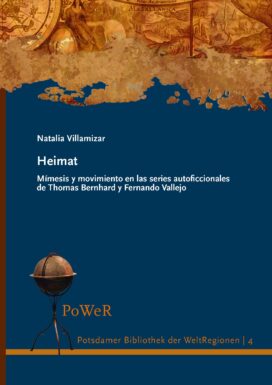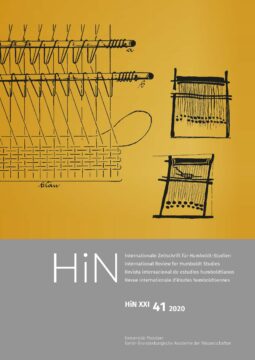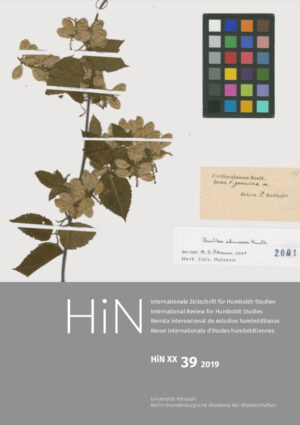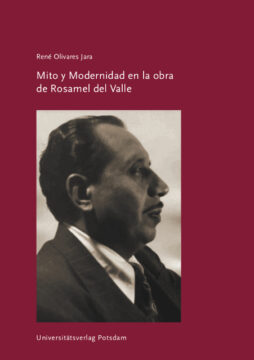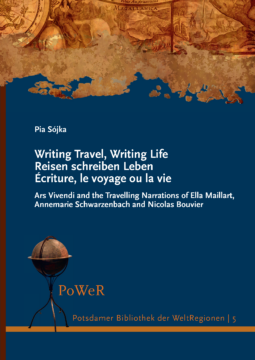This research presents a transareal study of the autofictional series of the Austrian writer Thomas Bernhard and the Colombian Fernando Vallejo, two authors whose work is marked by a fierce critique of their homelands, their Heimaten, but also by a complex rootedness. The interpretative analyses show that in Die Autobiographie and El río del tiempo the Heimat is presented as a construct that encompasses not only blissful but also negative, dissolutive, destructive elements, thus distancing both authors from a traditional conception of Heimat as a necessarily harmonic territory to which the subject feels positively attached. Instead, it is conceived as a dissimilar set, to which the subject relates, necessarily, in an ambivalent and problematic way. In both authors, literary narration is configured as an act in which this ambivalence is not simply represented, but in which, above all, the forms of hostility that give the Heimat its inhospitable character are contested. To this end, the authors resort to the implementation of two fundamental resources: mimesis and movement. The research demonstrates how their literary works present the Heimat as a space of continuous movements, exchanges and interactions, in which structures of oppression are at work, but also opposition mechanisms, practices of intersubjective openness and aspirations of community integration.
Mímesis y movimiento en las series autoficcionales de Thomas Bernhard y Fernando Vallejo
ISBN: 978-3-86956-530-9
191 Seiten, Paperback
Erscheinungsjahr 2022
Reihe: Potsdamer Bibliothek der WeltRegionen , 4
11,00 €
Nicht steuerbarer Umsatz entsprechend § 1 (1) UStG in Verbindung mit § 2 (3) UStG a.F. Die Universität Potsdam bildet im Rahmen dieser Leistungserbringung keinen Betrieb gewerblicher Art entsprechend § 1 (1) Nr. 6 bzw. § 4 KStG. Im Fall der nachträglichen Einstufung als Betrieb gewerblicher Art behalten wir uns das Recht vor, die Umsatzsteuer ergänzend in Rechnung zu stellen. zzgl. Versandkosten
This research presents a transareal study of the autofictional series of the Austrian writer Thomas Bernhard and the Colombian Fernando Vallejo, two authors whose work is marked by a fierce critique of their homelands, their Heimaten, but also by a complex rootedness. The interpretative analyses show that in Die Autobiographie and El río del tiempo the Heimat is presented as a construct that encompasses not only blissful but also negative, dissolutive, destructive elements, thus distancing both authors from a traditional conception of Heimat as a necessarily harmonic territory to which the subject feels positively attached. Instead, it is conceived as a dissimilar set, to which the subject relates, necessarily, in an ambivalent and problematic way. In both authors, literary narration is configured as an act in which this ambivalence is not simply represented, but in which, above all, the forms of hostility that give the Heimat its inhospitable character are contested. To this end, the authors resort to the implementation of two fundamental resources: mimesis and movement. The research demonstrates how their literary works present the Heimat as a space of continuous movements, exchanges and interactions, in which structures of oppression are at work, but also opposition mechanisms, practices of intersubjective openness and aspirations of community integration.
Das könnte Sie auch interessieren
-
 2020
2020Ottmar Ette, Piotr Tylus, Hendrik Böttcher, Heinz Krumpel, Jörn Seemann, Ulrich Stottmeister, Horst Fiedler, Ingo Schwarz
Alexander von Humboldt im Netz ; 21 (2020) 41
24,50 €Nicht steuerbarer Umsatz entsprechend § 1 (1) UStG in Verbindung mit § 2 (3) UStG a.F. Die Universität Potsdam bildet im Rahmen dieser Leistungserbringung keinen Betrieb gewerblicher Art entsprechend § 1 (1) Nr. 6 bzw. § 4 KStG. Im Fall der nachträglichen Einstufung als Betrieb gewerblicher Art behalten wir uns das Recht vor, die Umsatzsteuer ergänzend in Rechnung zu stellen.
zzgl. Versandkosten
In den Warenkorb -
 2019
2019Reinhard Andress, David Blankenstein, Christiana Borchart de Moreno, Uwe Braun, Günter Hoppe, Peter Korneffel, Martin Röser, Ingo Schwarz, Natalia Tkach
Alexander von Humboldt im Netz ; 20 (2019) 39
15,00 €Nicht steuerbarer Umsatz entsprechend § 1 (1) UStG in Verbindung mit § 2 (3) UStG a.F. Die Universität Potsdam bildet im Rahmen dieser Leistungserbringung keinen Betrieb gewerblicher Art entsprechend § 1 (1) Nr. 6 bzw. § 4 KStG. Im Fall der nachträglichen Einstufung als Betrieb gewerblicher Art behalten wir uns das Recht vor, die Umsatzsteuer ergänzend in Rechnung zu stellen.
zzgl. Versandkosten
In den Warenkorb -
 2016
2016Mito y Modernidad en la obra de Rosamel del Valle
17,50 €Nicht steuerbarer Umsatz entsprechend § 1 (1) UStG in Verbindung mit § 2 (3) UStG a.F. Die Universität Potsdam bildet im Rahmen dieser Leistungserbringung keinen Betrieb gewerblicher Art entsprechend § 1 (1) Nr. 6 bzw. § 4 KStG. Im Fall der nachträglichen Einstufung als Betrieb gewerblicher Art behalten wir uns das Recht vor, die Umsatzsteuer ergänzend in Rechnung zu stellen.
zzgl. Versandkosten
In den Warenkorb -
 2023
2023Writing travel, writing life
16,00 €Nicht steuerbarer Umsatz entsprechend § 1 (1) UStG in Verbindung mit § 2 (3) UStG a.F. Die Universität Potsdam bildet im Rahmen dieser Leistungserbringung keinen Betrieb gewerblicher Art entsprechend § 1 (1) Nr. 6 bzw. § 4 KStG. Im Fall der nachträglichen Einstufung als Betrieb gewerblicher Art behalten wir uns das Recht vor, die Umsatzsteuer ergänzend in Rechnung zu stellen.
zzgl. Versandkosten
In den Warenkorb
Verlag kompakt
Kontakt
Universitätsbibliothek Potsdam
Universitätsverlag
Am Neuen Palais 10
14476 Potsdam
verlag@uni-potsdam.de
0331 977-2094
0331 977-2292

